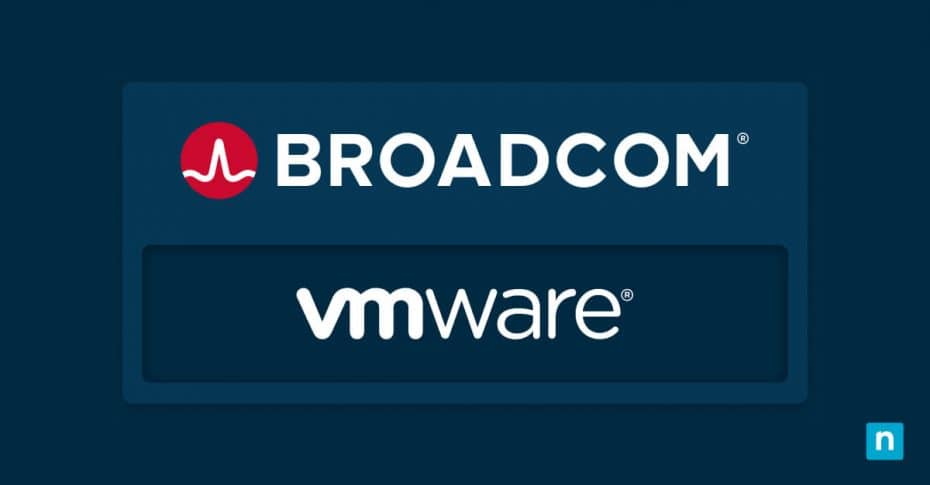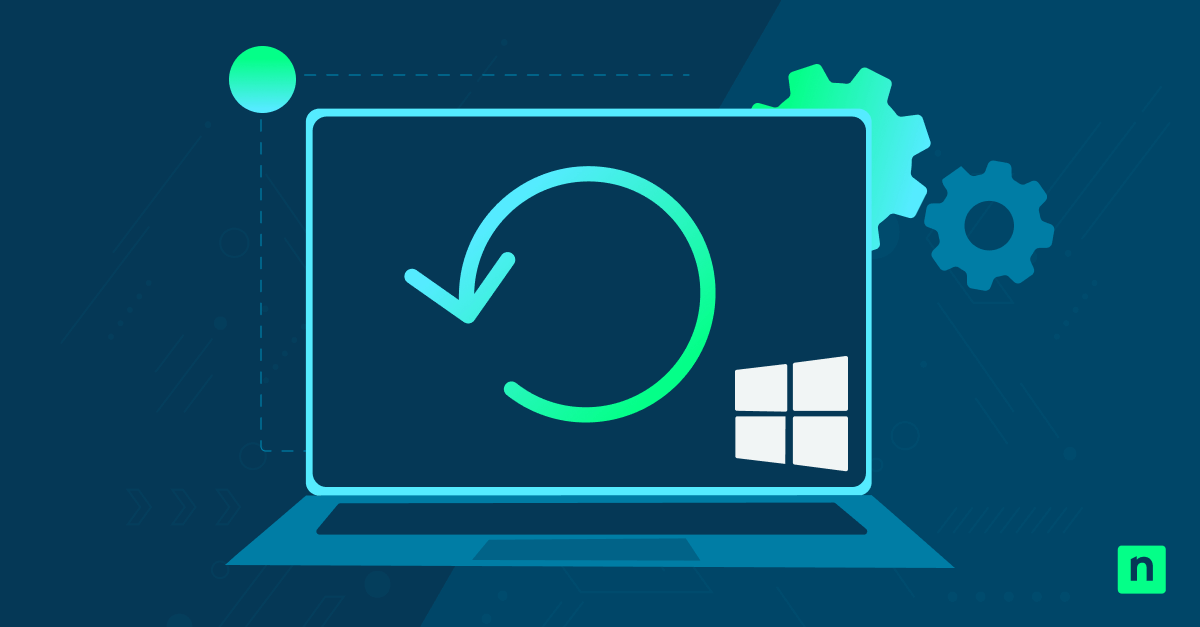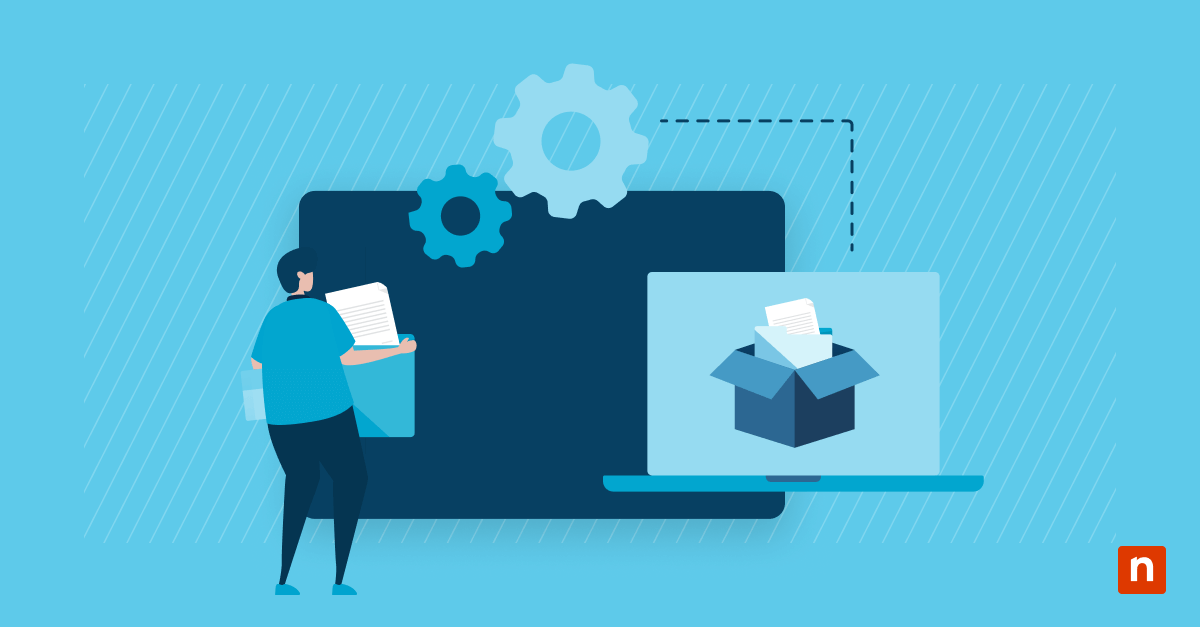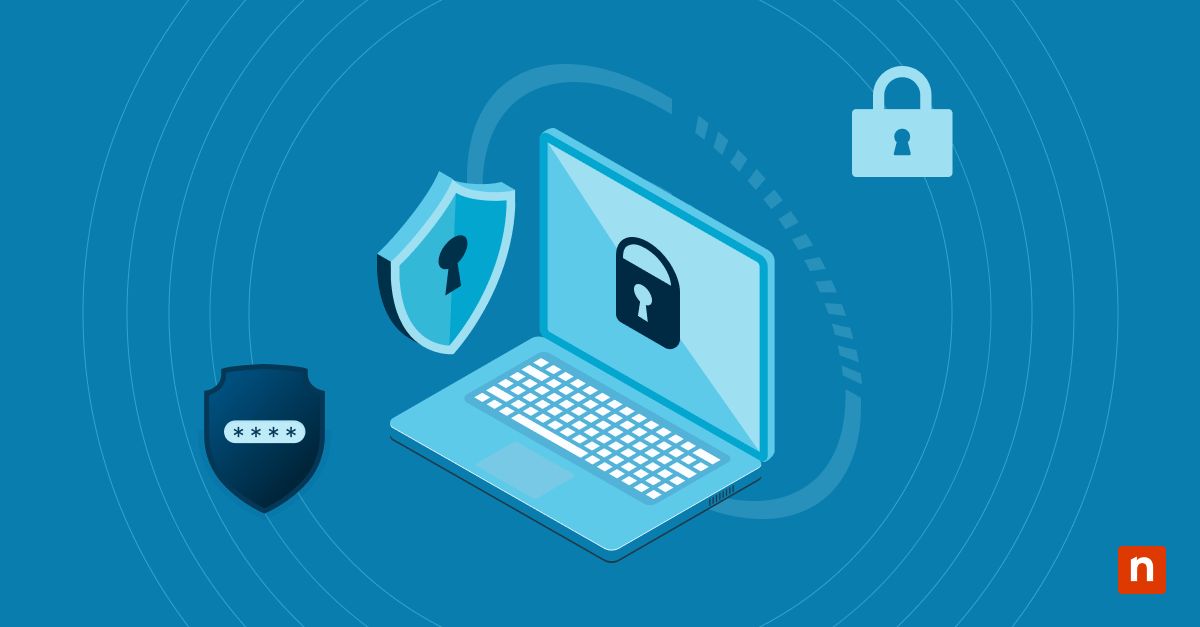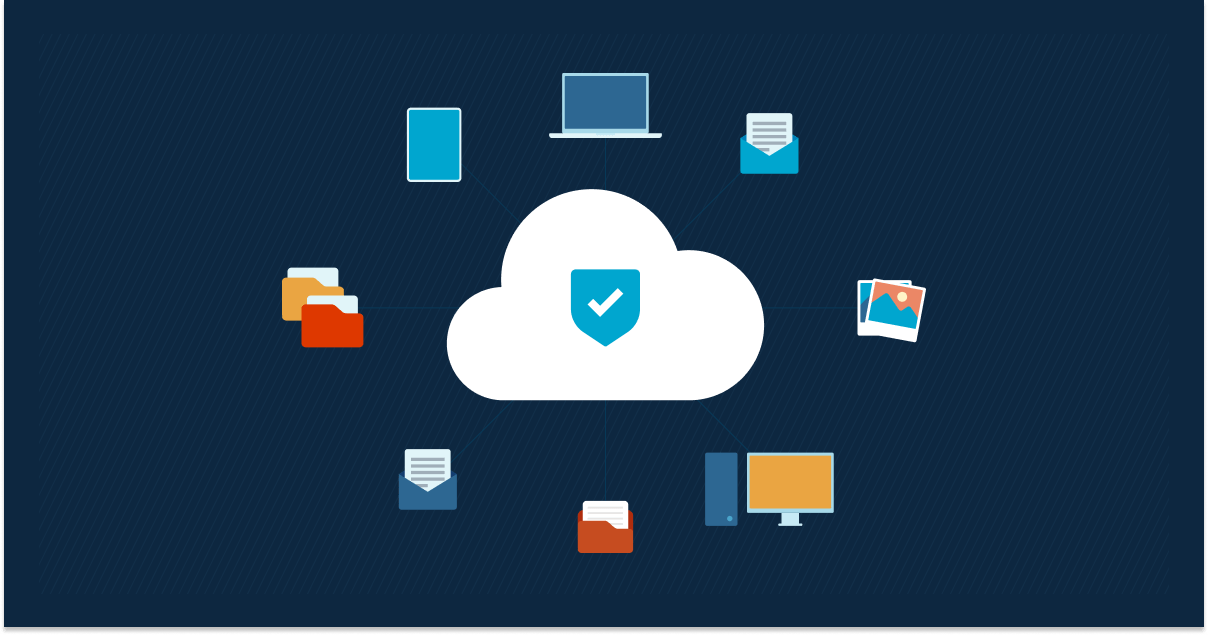The digital world is full of change, so there aren’t many situations that place IT professionals on edge. However, Broadcom’s acquisition of VMware is an exception, since it will impact hundreds of thousands of IT professionals and their organizations. At the moment, VMware has over 500,000 customers worldwide who rely on their services. The Broadcom VMware acquisition, which closed on November 22nd, 2023, has the potential to affect each and every one of these users. So, to voice the question that’s on everyone’s minds, how will the Broadcom acquisition affect VMware users? Let’s dive right into the answer.
The importance of virtualization and cloud computing software
Currently, we live in a fascinating era that’s full of technological advancements, such as virtualization and cloud computing. Virtualization is a unique technology that allows users to create multiple simulated IT systems from a single physical system. Cloud computing is the delivery of IT resources and services over the internet. In today’s digital world, IT professionals require tools and solutions to make their projects easier, faster, smoother, and more efficient. By reducing the need for physical equipment and virtualizing systems, IT users are able to reduce costs, boost efficiency, increase productivity, and improve availability.
VMware combines cloud computing and virtualization into a single platform to create valuable services for its users. Out of all the virtualization companies that sell virtual machines, hypervisors, and other similar services, VMware is at the top of the list with a market share of 44.79%. There are many reasons why VMware is popular within the IT community, such as its low ownership costs, broad OS and app support, and scalability. However, due to the recent acquisition, VMware users are concerned that upcoming changes from Broadcom might force them to switch to alternative tools.
How the Broadcom VMware acquisition could impact VMware users
Business acquisitions are complex, and there are many ways that the Broadcom VMware acquisition could impact VMware users. Let’s explore each of the different ways below in more detail.
What are Broadcom’s plans for VMware?
On November 22, 2023, Broadcom’s President Hock Tan announced the $61 billion completion of the Broadcom/VMware acquisition with the words, “Today I am thrilled to announce Broadcom’s successful acquisition of VMware, and the start of a new and exciting era for all of us at the company. VMware joins our engineering-first, innovation-centric team, which is another important step forward in building the world’s leading infrastructure technology company.” He also goes on to express what Broadcom’s plan is for VMware in the near future, explaining that Broadcom’s main focus is a software stack called VMware Cloud Foundation. This stack has many features, all focused on supporting private and hybrid cloud infrastructures. Some features VMware users will see are Advanced Security tools for broadening security and visibility, VMware Tanzu for improving app-dev environments, and VMware Software Defined Edge for enterprise edges.
How will Broadcom affect VMware?
Many people in the IT community are wondering how Broadcom will affect VMware. The best place to start with this question is to take a brief look at Broadcom’s history, which tends to repeat itself with every new organization it acquires.
Broadcom is an engineering and tech giant that’s been around for over 60 years, and it typically acquires organizations that focus on innovation and upcoming technologies. Broadcom acquires businesses and organizations that offer leading-edge products or services, and then it takes them to the next level by significantly improving the current product/service or adding new, unique features that allow them to rise above competitors. So far, it seems that Broadcom is following the same pattern with VMware by acquiring the business and adding a software stack that will help the business remain at the top of the virtualization market.
Changes of VMware’s services that users should know
There are a few significant changes to VMware’s services that will directly affect its users. One such change is the transition from a perpetual license to subscription model pricing. This is more in line with current market trends, but it might end up raising costs for users in the long run. Additionally, despite CEO Hock Tan’s statement that prices would not increase due to the merger, price hikes were implemented soon after the merger was completed. As discussed in the IT community’s Reddit forum, some IT professionals saw this coming and chose to pay for services before the acquisition was completed to avoid the price hikes.
Another massive change is Broadcom’s decision to divest VMware’s Carbon Black security software and end-user computing portfolio, which includes desktop virtualization, mobile device management (MDM), and application publishing. These were identified as unnecessary assets that do not support Broadcom’s focus on private and hybrid cloud environments, so they will be separated from VMware.
Are Broadcom’s changes to VMware beneficial or detrimental for users?
Overall, users can expect some significant changes from the Broadcom VMware acquisition, but it’s still early to decide whether the changes are for better or for worse. Some changes, such as the introduction of the VMware Cloud Foundation, may be very beneficial for users, while others, such as the removal of the end-user computing portfolio or the quick rise in prices, might have a more negative impact. Every organization and IT professional has unique preferences, tasks, and workflows, so at the moment, determining whether the VMware changes are positive or negative will be more of a case-by-case basis rather than a collective decision.
What are users’ options if impacted by Broadcom VMware acquisition?
While Broadcom’s changes to VMware might not be a big deal for some users, they might be a dealbreaker for others. If the switch from license to subscription model pricing, the divestment of the end-user computing portfolio, or other major changes will affect your business in a negative manner, it might be time to look for alternatives.
Fortunately, there are many providers to choose from in the virtualization and cloud computing market. For example, if you need an endpoint monitoring and management solution that is similar to VMware Workspace One, NinjaOne is an excellent choice. NinjaOne boosts productivity and IT efficiency with single-pane-of-glass visibility, intuitive features, automation options, and more. Some other noteworthy solutions that have similar tools or features related to VMware include Nutanix Cloud Manager (NCM), IBM Turmonomic, and Citrix DaaS.
Tips for switching end-user computing platforms
Currently, there are over 60,000 customers using VMware’s end-user computing platform. Due to the recent Broadcom acquisition and the major changes that were implemented as a result, many IT teams are searching for other options.
Switching end-user computing platforms usually isn’t fun. It’s time-consuming and tedious, but with some planning and preparation, IT professionals can make the process smoother, faster, and easier for everyone involved. Use these tips to make a smooth and efficient transition to your new software solution:
1) Ensure that the new solution is right for your IT team
Before you make any plans or changes to your IT infrastructure, ensure that your new end-user computing platform has all the tools and features you need. For instance, if you are in the market for a virtual machine monitoring and management solution, you’ll need a platform that offers full visibility, automated notifications and alerting, comprehensive reports, and intuitive vm management features, such as NinjaOne. Always double check and make sure that your new platform has everything your IT team needs before implementation.
2) Set up a plan for the switch
One way to make a software switch easier for all involved parties is to set up a step-by-step plan. This plan will outline the process from start to finish so that everyone is on the same page. You can also include timelines in the plan so that all tasks and projects associated with the transition are completed on time.
3) Provide training and tutorials
There’s almost always a learning curve that comes with acquiring a new end-user computing platform, so it’s best to provide training or tutorials for anyone who will use the tool. Often, new partners will provide thorough training, demos, and walk-throughs of how to get the most out of your software solution. For instance, NinjaOne not only offers plenty of free NinjaOne RMM demos online but also provides helpful walk-throughs, tutorials, and other similar resources for partners.
4) Communicate throughout the transition
Throughout the transition to the new platform, it’s essential to communicate often with any involved parties. Lack of communication creates all kinds of bottlenecks, so it’s best to avoid any issues from the start with calls, emails, or messages communicating the changes and expectations.
5) Confirm that all current data and systems are transferred to new solution
The last thing IT teams need is to try and use a new system while their old data and information is still on their old system. For a smooth implementation, transfer your data and integrate your current systems with the new one. Compatibility is key for this step, because if your systems are not compatible, you will not be able to use your new tools effectively.
Need to make the switch from VMware’s Workspace ONE to a new solution for your hybrid or remote IT teams? Consider NinjaOne, an intuitive RMM platform that was ranked #1 in G2’s endpoint management, RMM, and patch management categories. NinjaOne’s endpoint management solution helps IT teams manage and monitor both physical and virtual machines, ensuring that your IT infrastructure is secure and performing optimally at all times. Automate tasks, gain full visibility into all your systems, and manage your IT environments from a single pane of glass with NinjaOne.
Conclusion
In the upcoming months, VMware users can expect to see more changes from the Broadcom VMware acquisition. However, the overall impact of this acquisition on the users will have to be determined on a case-by-case basis since every IT team has different uses for VMware and its tools. If VMware’s new software stack, upcoming features, and focus on private and hybrid cloud environments will support your IT team’s objectives, then the Broadcom VMware acquisition may have a positive impact on your organization. On the other hand, if VMware’s new subscription-based pricing, divestment of the Carbon Black security software along with the end-user computing portfolio, and other major changes from Broadcom will have a negative impact on your IT team, it might be time to search for a new solution.

